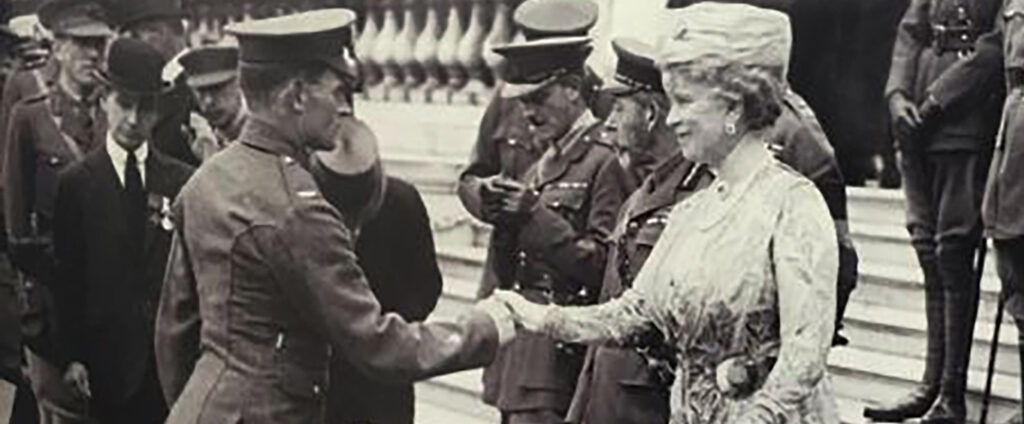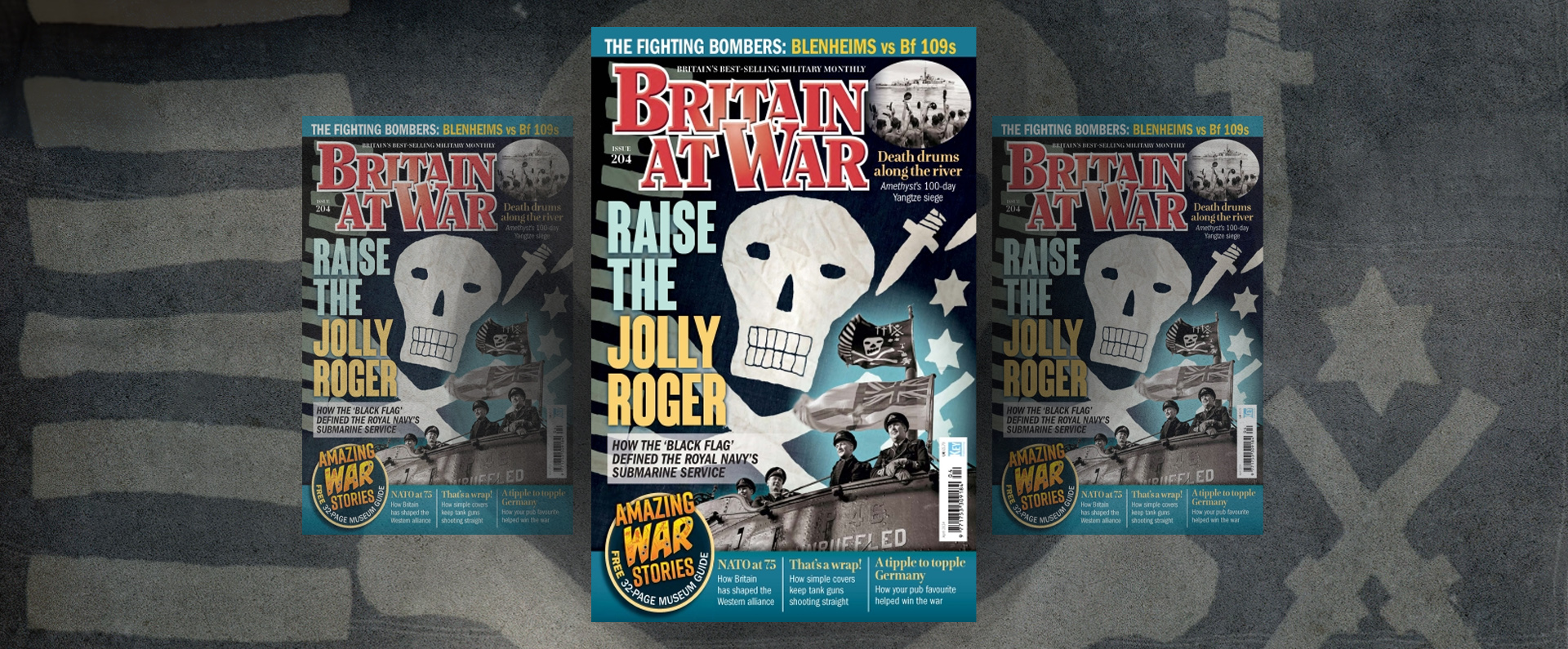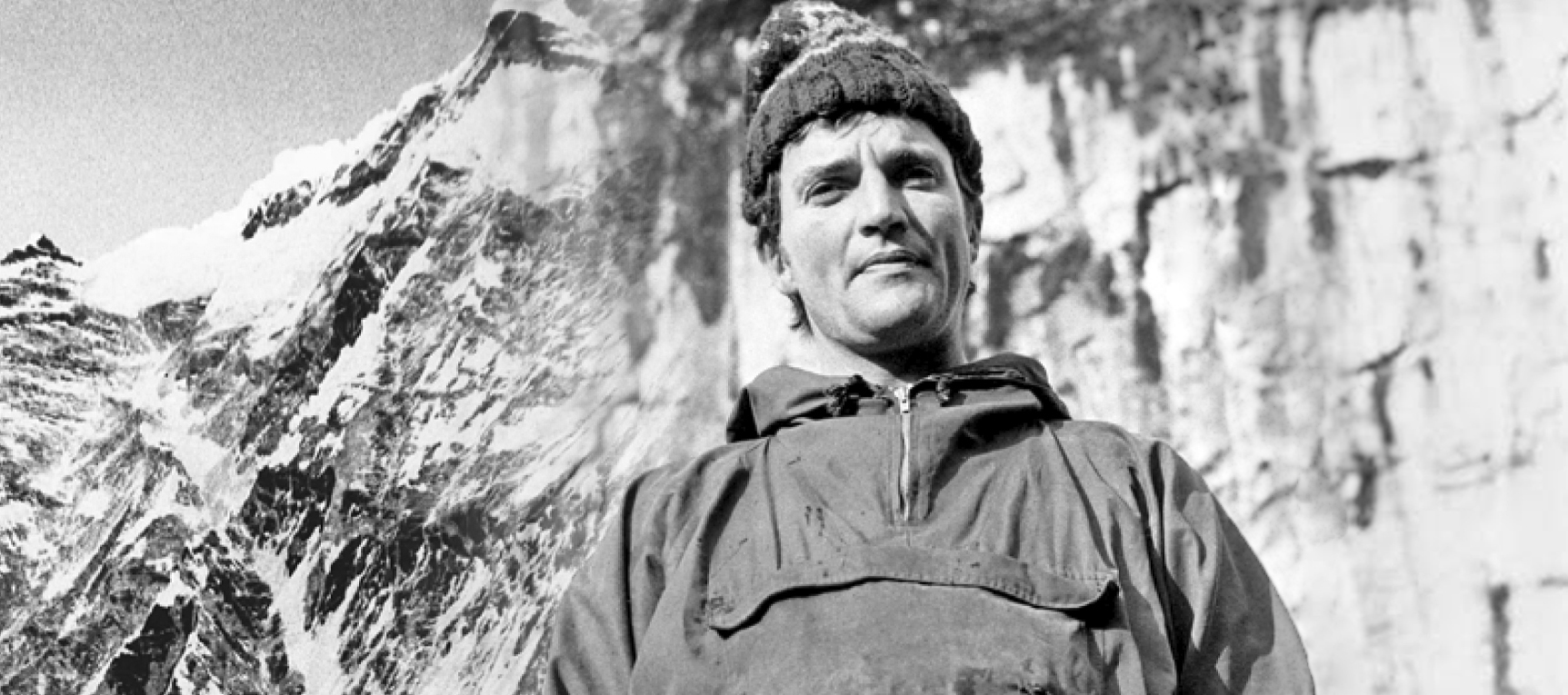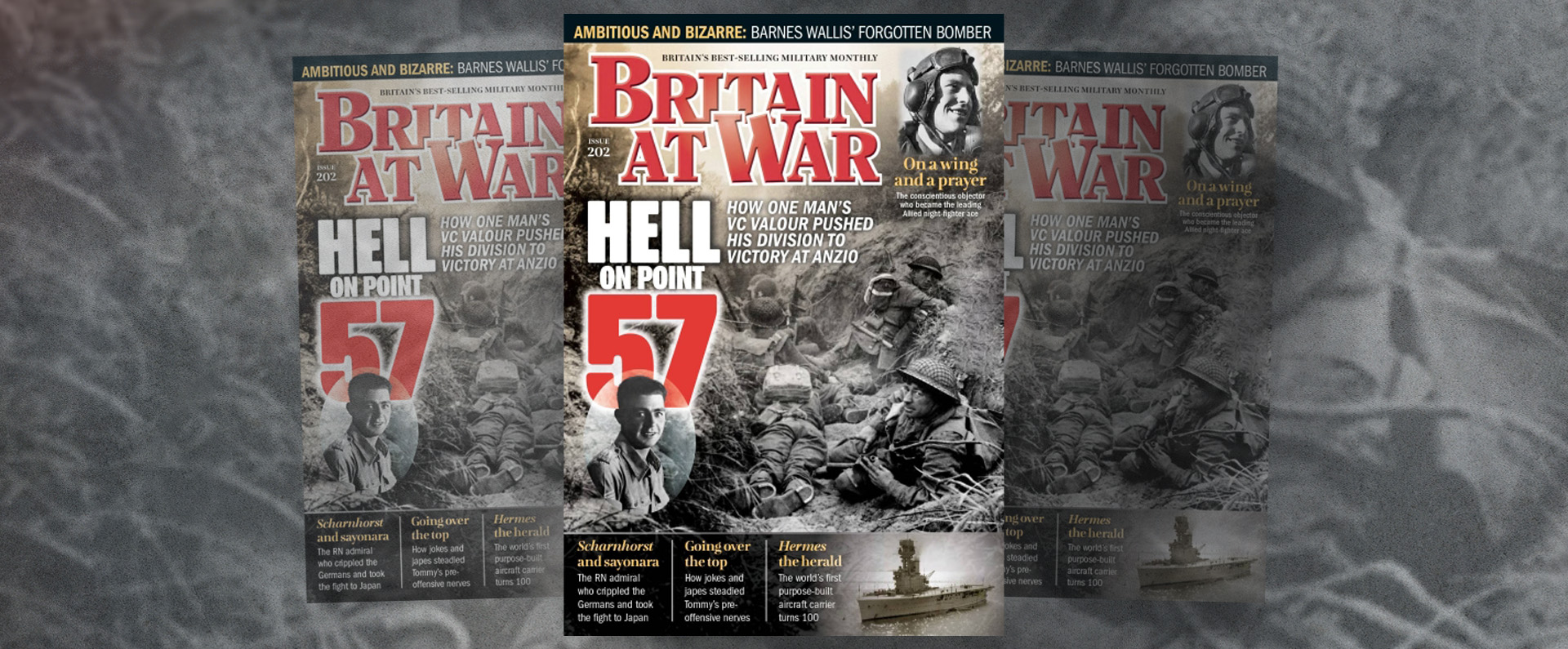
Published in the Daily Express on 02 December 2023.
Martin Doyle is unique among VC recipients, having turned his back on the UK to fight for Irish independence with the fledgling IRA. Lord Ashcroft, who owns Doyle’s medals, reveals the controversial tale of the heroic Irishman.
VICTORIA Cross recipients tend to lead adventurous lives both on and off the battlefield. However, few can have led such challenging and complex lives as Company Sergeant Major Martin Doyle. His irrefutable courage in the service of the Crown was honoured with the VC.
But Doyle is a controversial recipient because, uniquely among his gallant peers, within a year of receiving his gong, he was fighting the very country that had bestowed the award upon him. Doyle, an Irishman, is the only recipient of our most prestigious award for bravery in the face of the enemy who is also known to have been a member of the Irish Republican Army.
The year 2019 was the centenary of Doyle’s VC award and, because I own his medal group and to mark the occasion, I carried out extensive enquiries with the help of his extended family into his unconventional life.
Doyle was born on October 25, 1894, in the village of Gusserane, close to the County Wexford town of New Ross. He was the son of Larry Doyle, a farmer struggling to make a living off the land, and his wife Bridget. Educated at primary schools in Gusserane and nearby Cushinstown, Doyle joined the Royal Irish Regiment on Boxing Day 1909 and was given service number 9962.
Only recently turned 15, he lied to the authorities that he was two years older.
Doyle, a keen runner, served in India in 1913 where he won both the regimental lightweight boxing title and an elephant in a local raffle. (Winning the latter was like winning a modern-day tractor, as elephants were used to work the land in India at that time).
Shortly after the outbreak of the First World War and still only 19, Doyle was transferred to the Royal Dublin Fusiliers. He went to France with his new regiment and served in some of the early campaigns. He was promoted to sergeant in 1916. It was, in fact, only after transferring to the 1st Battalion, Royal Munster Fusiliers, in early March 1918 that Doyle received official recognition for his bravery on the battlefield. On March 24 in northern France, he showed such valour in capturing a barn held by a German gun crew that he was later awarded the Military Medal.
Doyle later described his part in the action in Hattenville to an Irish newspaper, telling The Free Press: “We had to cross about 1,000 yards of open country, exposed to terrible shell and machine gun fire. The casualties were very heavy. Having reached the trench, we found that the Germans were dug in not more than 40 yards ahead of us. A big barn stood in the ground between us and a fight ensued to take possession of it. On the enemy side there was long grass, which afforded them cover, and a machine gun party succeeded in creeping out and capturing the ruin, and they set up a heavy fire.
“I called for volunteers and went over the top at the charge but when I reached the barn I was alone. I bayoneted the two Germans that I found there, seized the machine gun, and took possession of the barn.”
Later in March 1918, Doyle was captured during fighting early in the German Spring Offensive and became a prisoner of war. It is unclear how long he spent as a PoW but it was no more than a matter of days as he was freed following an Allied counter-attack.
Doyle was promoted to acting company sergeant major in August 1918, just days before his VC action on September 2, 1918, near Riencourt, during the Second Battle of Bapaume, and was in command of the company following casualties among the officers.
“Observing that some of our men were surrounded by the enemy, he led a party to their assistance, and by skill and leadership worked his way along the trenches, killed several of the enemy and extricated the party, carrying back, under heavy fire, a wounded officer to a place of safety”, reads his citation.
“Later, seeing a tank in difficulties, he rushed forward under intense fire, routed the enemy who were attempting to get into it, and prevented the advance of another enemy party for a further attack on the tank.
“An enemy machine gun opened fire on the tank at close range, rendering it impossible to get the wounded away, whereupon CSM Doyle, with great gallantry, rushed forward, and, singlehanded, silenced the machine gun, capturing it with three prisoners. He then carried a wounded man to safety under very heavy fire.”
Later in the day, when the Germans counter- attacked, he rallied his men to drive them back, capturing many prisoners. “Throughout the whole of these operations CSM Doyle set the very highest example to all ranks by his courage and total disregard of danger,” the citation added.
His VC was formally announced in The London Gazette on January 31, 1919, more than two months after the Armistice. As a result of his decoration, Doyle was given a hero’s welcome when he returned home to New Ross in March 1919. He attended a Buckingham Palace investiture on May 8, 1919, at which he received both his Military Medal and VC from King George V.
However, after being demobbed in July, the Ireland that Doyle and his comrades returned to was very different to the one that most had left at the start of the war.
This is where Doyle’s path took a dramatic turn. After the armed Easter Rising rebellion in Dublin in April 1916, there was a surge of Irish nationalism with more and more men and women seeking to sever their ties with Britain. As a result, some returning troops were looked upon as traitors by their countrymen for fighting for what had become the “enemy” during the Great War.
Many of these former troops were quickly won over to Irish republicanism and, after the Irish Republican Army was formed in 1919, Doyle was one of those who joined the “cause”. In fact, he was recruited to the IRA at around the time that he got married to Charlotte Kennedy, on November 25, 1919. The couple lived in New Ross. Doyle served with the Mid Clare Brigade of the IRA in Ennis and initially worked as an undercover agent for the Republican cause when he would have preferred to have openly taken up arms against the British.
But because of his distinguished military career, Doyle was given a role by the British at its garrison in Ennis and the IRA’s leaders were not slow to see his value as a spy was greater than his value as a fighter.
Years later an IRA colleague, Patrick McMahon, stated that Doyle had “advanced all sorts of arguments to prove why he should leave the home with his rifle and go to the hills, but rightly or wrongly I succeeded in convincing him that he was more useful in the British Bks [Barracks] at the time”. It is understood Doyle provided information to the IRA on troop movements and even smuggled out weapons and ammunition. Doyle was certainly serving in the IRA when he attended a garden party for VC recipients at Buckingham Palace in June 1920.
Incredibly, within five months, he was back in London, this time representing the Royal Munster Fusiliers at a party to mark the unveiling of the Cenotaph in Whitehall. After the truce of July 1921, which later resulted not only in Irish independence but also in the partition of the country, there were further divisions in the new Republic.
Doyle sided with Irish independence leader Michael Collins, and, in February 1922, enlisted into the Irish Free State Army, serving during the 1922–23 civil war.
At one point, Doyle was badly wounded in his left arm, apparently from a bullet fired at close range. However, he recovered from his injuries, and, after the end of the civil war, continued his military career, serving with the 2nd and 20th Infantry Battalions and the School of Instruction. In November 1929, Doyle attended a dinner for VC recipients at the House of Lords and, in 1937, was awarded a Coronation Medal.
Doyle retired from the Irish Free State Army in 1937, when he transferred to the reserves. For the final three years of his life, Doyle worked at the Guinness Brewery in Dublin while living in Kimmage, Co Dublin.
He died of polio on November 20, 1940, at Sir Patrick Dun’s Hospital in Dublin, aged just 46. By then, he had three daughters. His gravestone in a corner of Grangegorman Military Cemetery, Dublin, was paid for by his former regiment’s Old Comrades Association. It bears the badge of the Royal Munster Fusiliers but not his VC.
His family, many of whom still live in New Ross, strongly refute suggestions he asked to be buried in his British Army uniform, stating categorically that he was laid to rest in a brown habit, then traditional Roman Catholic burial attire. They also dismiss rumours that while serving in the IRA he may have been a double agent for the British. They are convinced that, once he joined the IRA, his conversion to the Republican cause was genuine and lasting.
The fact that he was posthumously decorated by the Irish Government with the War of Independence medal suggests that this assessment is correct. I was assisted with my research by two members of Doyle’s family: Leighton Thomas, his great-great-nephew, an electrician from New Ross, and Padraig Ryan, his great-nephew, a storeman, who also lives in the town. Thomas campaigned successfully for a blue plaque, commissioned by Wexford County Council, to be placed outside Doyle’s former home in New Ross.
So, should there be separation between Doyle VC’s remarkable feats of bravery in defence of Britain and his subsequent, in the eyes of the crown, treacherous acts in the name of Irish independence? Or is it right his later exploits against Britain alter our perception and commemoration of this unique and controversial VC recipient? Doyle was for different reasons a hero to many, both in Britain and parts of Ireland.
But, while he saved British lives in the Great War, he was at least some part responsible for the probable deaths of others. It is undoubtedly a provocative and difficult case.
Most historians and observers distinguish between the early IRA that was fighting for independence and the Provisional IRA that became a terrorist group willing to blow up innocent civilians in its quest to end British rule in Northern Ireland.
The blue plaque, unlike his gravestone, lists his IRA service, stating clearly that he served in the British Army, Mid Clare IRA and the Irish Army. As great-great-nephew Leighton Thomas puts it: “Martin Doyle was a proud Irishman who would have liked to have won his Victoria Cross for Ireland but when the Great War started, Ireland did not exist.”
- Edited extract from Heroes Of War: A Collection of Lord Ashcroft’s Britain At War Articles (Key Books, £25). To order visit shop.keypublishing.com
For more information, visit:
LordAshcroftOnBravery.com


